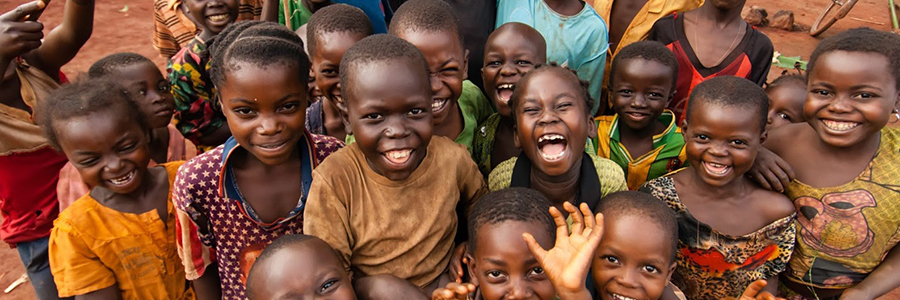The numbers are hard to fathom. Nearly two million people driven from their homes in 2017 alone. The worst cholera epidemic of the past 15 years, with over 55,000 cases and more than 1,000 deaths. Countless others killed, maimed or sexually assaulted.
The human costs of the ongoing crisis in the Democratic Republic of Congo are borne disproportionately by women and children, whose homes have been pillaged and burned, who are not in school and thus vulnerable to soldier recruitment, and who have now been left with almost nothing.
Charlotte Ukuba, 60, fled to Site Etat at Kikwit, Kwilu Province in the southwest of DR Congo.
‘’I’m living now outside with my eight children,” Ukuba told IPS. “My husband was killed last year by the Kamwina Nsapu’s violence in Kasai province. When I came here, I was living first in a church with other displaced persons. But last week, a pastor chased us away. I have no money and need clothes for my children.”
Her eldest daughter is suffering from malaria. ‘’There are no drugs for this girl. I’m calling for help,” she added.
Violence broke out in Kasai in August 2016 following the uprising of local militia in Kasai Central. The crisis has been characterized by repeated clashes between militias and local security forces, which have subsequently generated inter-community conflicts. Another displaced woman named Rose Thimbangula died at the age of 47 on Feb. 14 in Nzinda commune in Kikwit. The cause of death was tuberculosis complicated by fistula due to sexual violence. She had no money for medicine.
Dressed in a long black dress, Marie Ntumbala, 37, sleeps on the floor of a small room in Mweka, Kasai province. She is originally from a village called Tutando, 150 kilometers from Tshikapa, but was forced out by conflict. Ntumbala was fortunate enough to be taken in by a local family. But she says she is still living on the edge.
“When I’m ill, I can’t go to the hospital because I’m penniless. The Congolese government must help all the displaced persons in our country,” she said.
DR Congo has some 4.5 million internally displaced people, the largest number in Africa. Elections scheduled for 2017 were postponed to the end of this year, as political instability and clashes between soldiers and militias continues to escalate. An estimated 120 armed groups are operating in eastern DR Congo alone. Humanitarian actors launched the largest ever funding appeal for the country this year, asking for 1.68 billion dollars to assist 10.5 million people. Only half of the 812.5 million dollars appealed for in 2017 was funded.
Brigitte Kishimana is 28 years old and six months pregnant. She lives at the Moni Site in Kalemi, Tanganyika province in the southeast. ‘’I need prenatal care,” she said. “Several other pregnant women at the sites need it too. If not, their lives will be in danger. Last year, four displaced women died during pregnancy or childbirth,” she told IPS.
Georgette Bahire, a 45-year-old farmer in Sud-Kivu province, fled Lulumba village on June 29, 2017. Fighting between government soldiers and the Mai-Mai, an armed group, drove her from her land. She was taken in by a family in the city of Kibanga.
“Humanitarian workers helped us in 2017 with food and some drugs. But the needs are still great,” she said.
Since the beginning of this year, armed conflicts have continued to plague the country, particularly in the areas of Rutshuru, Masisi, Walikale, South-Lubero and Beni. The gradual withdrawal of humanitarian aid workers from these areas has amplified the vulnerability of people affected by the humanitarian crisis, the International Organization for Migration (IOM) said in a September 2017 report.
Original source: Inter Press Service
Published on 5 March 2018

